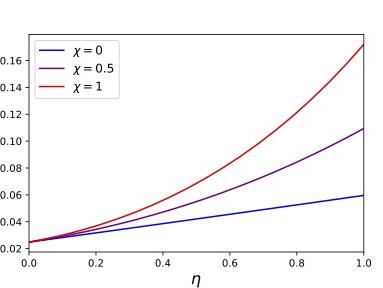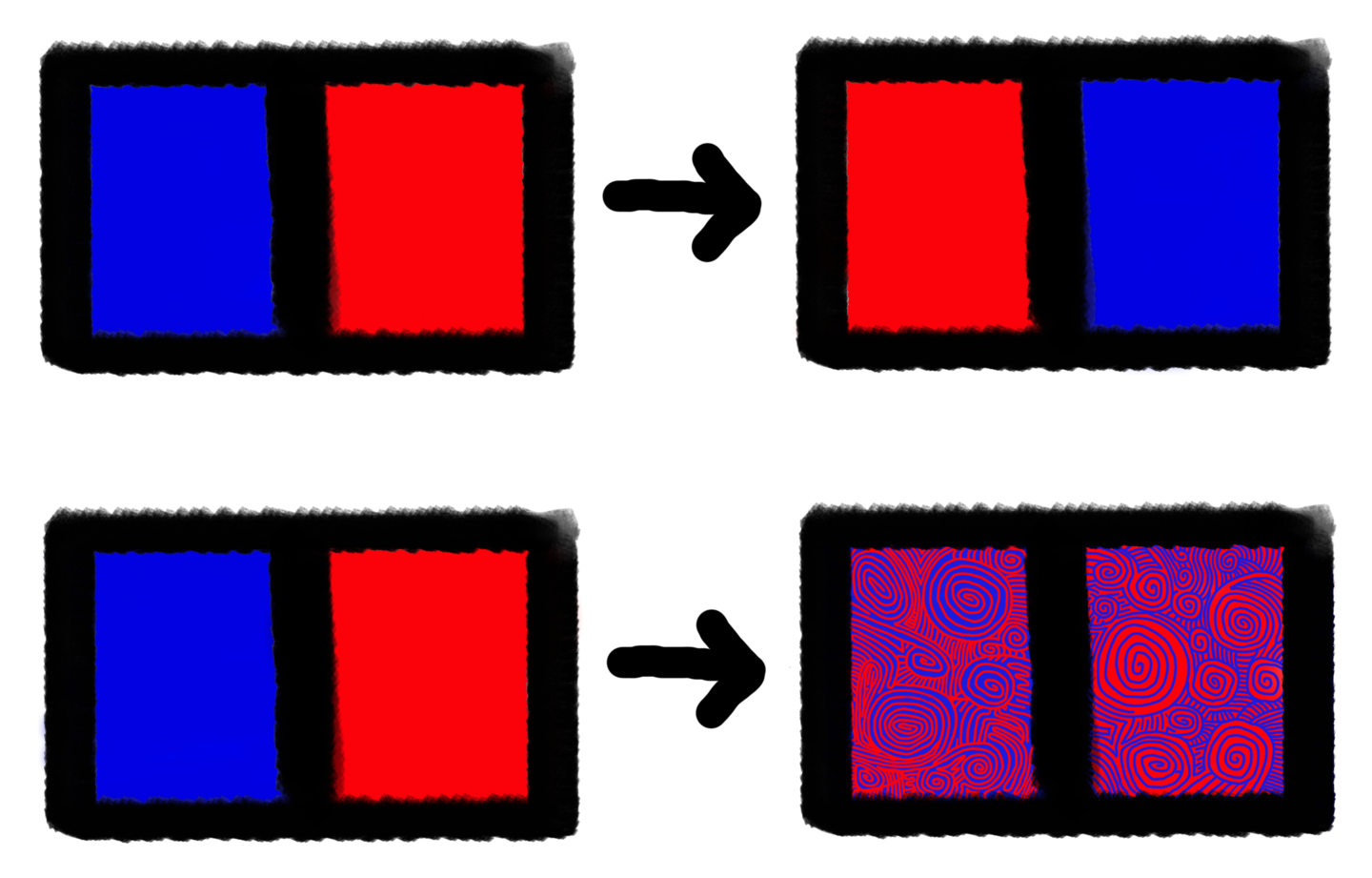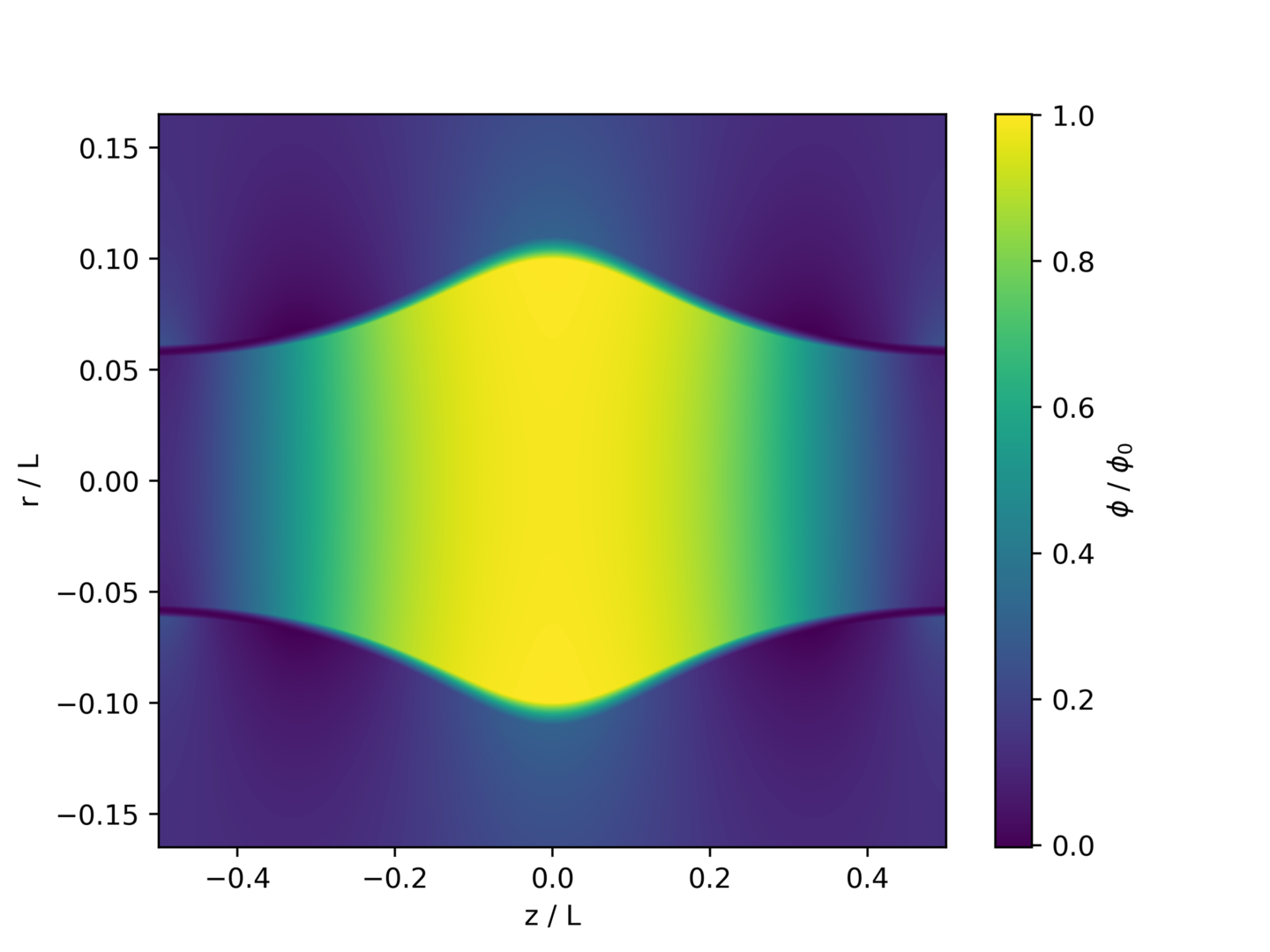
Aneutronic Fusion
Aneutronic fusion reactions (such as proton-boron-11 fusion) have significant potential advantages, but they typically require plasma devices to operate at very high temperatures, and are associated with unique scientific and engineering challenges. Interesting problems include radiation mitigation, confinement at very high temperatures, and reactivity enhancement through nonthermal particle distributions.
[Figure from Kolmes, Ochs, and Fisch, Wave-supported hybrid fast-thermal p-11B fusion, Physics of Plasmas 29, 110701 (2022)].

Plasma Thermodynamics
How can we use tools from thermodynamics to understand the behavior of plasmas? Major issues include thermodynamic limits on energy that can be extracted from plasma systems as well as maximum-entropy techniques for understanding plasma equilibria.
[Figure from Kolmes and Fisch, Upper and lower bounds on phase-space rearrangements, Physics of Plasmas 31, 042109 (2024)].

Rotating Plasmas
Fast rotation can be used to improve confinement, suppress instabilities, and modify the relative concentrations of different ion species. Understanding and controlling these effects leads to a variety of interesting problems and opportunities.
[Figure from Kolmes, Ochs, Rax, and Fisch, Massive, long-lived electrostatic potentials in a rotating mirror plasma, Nature Communications 15, 4302 (2024)].
